Home>Furniture & Design>Outdoor Furniture>What Is Outdoor Fabric Made Of
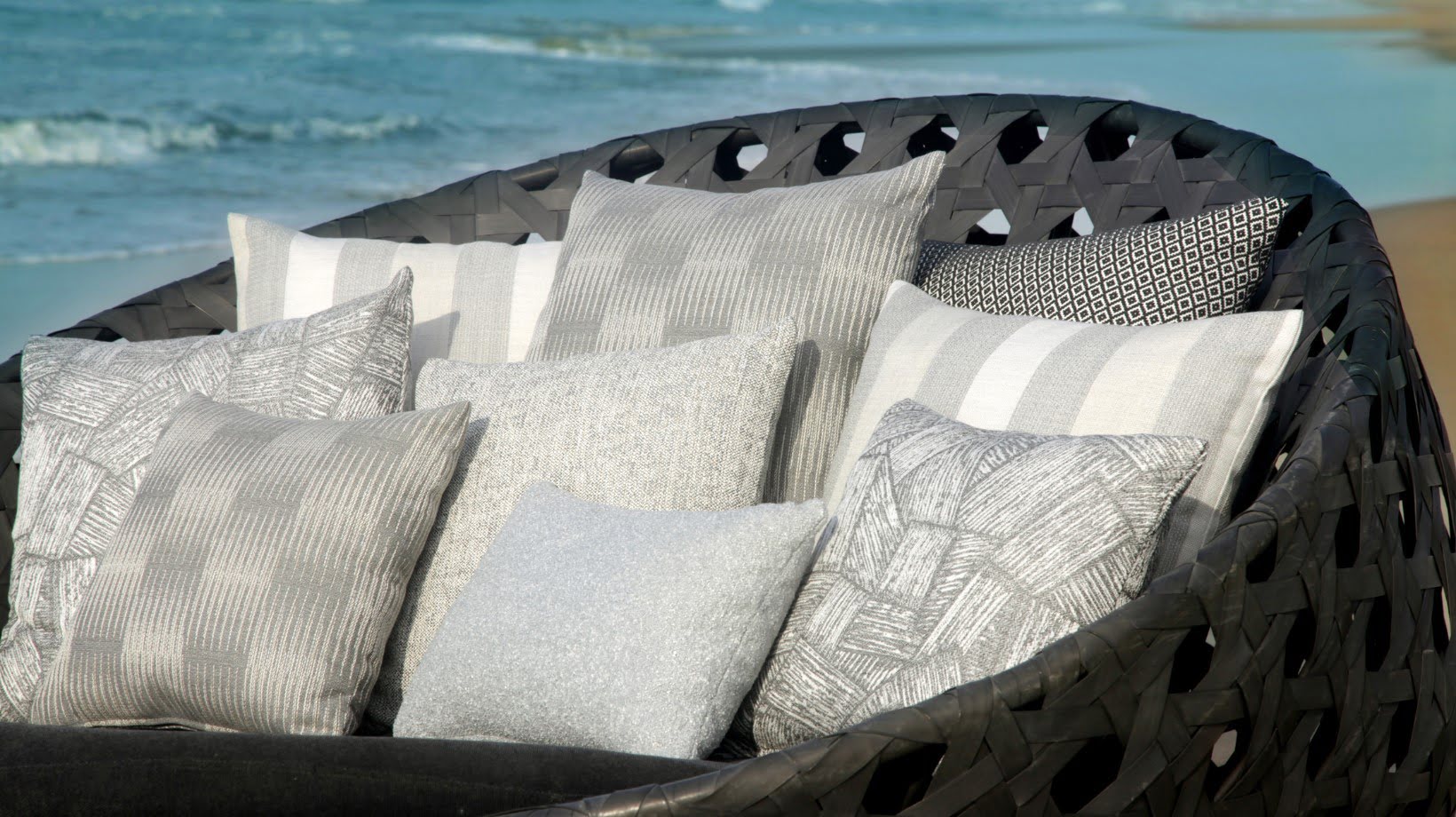

Outdoor Furniture
What Is Outdoor Fabric Made Of
Modified: January 19, 2024
Discover what outdoor fabric is made of and how it enhances your outdoor furniture. Learn about the materials used in outdoor furniture design.
(Many of the links in this article redirect to a specific reviewed product. Your purchase of these products through affiliate links helps to generate commission for Storables.com, at no extra cost. Learn more)
**
Introduction
**
When it comes to outdoor furniture, one of the key elements to consider is the fabric used for cushions, pillows, and other outdoor accessories. Outdoor fabric is specifically designed to withstand the harsh elements, including sun exposure, moisture, and general wear and tear. Understanding the different types of outdoor fabrics and their compositions can help consumers make informed decisions when selecting the perfect outdoor furniture for their spaces.
In this comprehensive guide, we will delve into the world of outdoor fabrics, exploring the materials that make them durable, weather-resistant, and visually appealing. From natural fibers to synthetic blends, we will uncover the unique characteristics of each fabric type, shedding light on their benefits and potential considerations. Whether you're a design enthusiast, a homeowner with a passion for outdoor living, or a professional in the furniture industry, this exploration of outdoor fabric composition will equip you with valuable insights for creating inviting and enduring outdoor spaces.
Key Takeaways:
- Outdoor fabric is made of natural materials like cotton, linen, bamboo, and wool, as well as synthetic options like polyester, acrylic, olefin, polypropylene, and vinyl. Blended fabrics combine the best of both worlds for durability and comfort.
- Understanding the diverse array of outdoor fabric options empowers consumers to make informed choices that align with their design preferences, functional needs, and environmental considerations. From the lush comfort of linen to the rugged resilience of polypropylene, each fabric type brings its own set of advantages to the outdoor furniture landscape.
Read more: What Fabric To Use For Outdoor Cushions
Natural Outdoor Fabrics
When it comes to natural outdoor fabrics, several materials stand out for their durability and aesthetic appeal. One of the most popular choices is cotton canvas, a heavyweight, plain-woven fabric known for its breathability and natural resistance to UV rays. While untreated cotton canvas may not be suitable for prolonged exposure to moisture, modern outdoor furniture often features solution-dyed or treated cotton canvas, which enhances its water and stain resistance without compromising its comfort and charm.
Linen is another natural fabric that has gained traction in the outdoor furniture industry due to its strength and moisture-wicking properties. With its elegant texture and ability to resist fading, linen offers a sophisticated option for outdoor cushions and drapery.
Bamboo fabric, derived from the pulp of bamboo plants, has also emerged as a sustainable and resilient choice for outdoor applications. Its natural antimicrobial properties and breathability make it an attractive option for outdoor upholstery and pillows.
Hemp fabric, known for its durability and eco-friendly nature, is another natural material that can withstand outdoor conditions. Its resistance to mold and UV rays makes it a viable option for outdoor furniture covers and cushions.
Wool is not commonly associated with outdoor fabrics, but when blended with synthetic fibers, it can offer enhanced durability and moisture-wicking capabilities, making it suitable for outdoor rugs and upholstery in covered outdoor spaces.
These natural fabrics bring a touch of organic elegance to outdoor furniture while offering varying degrees of weather resistance and longevity. When properly treated and maintained, natural outdoor fabrics can provide both comfort and style, making them a desirable choice for outdoor living spaces.
Synthetic Outdoor Fabrics
Synthetic outdoor fabrics have revolutionized the durability and versatility of outdoor furniture, offering a wide range of options that excel in withstanding the elements. One of the most prevalent synthetic fabrics in outdoor furniture is polyester. Known for its exceptional resistance to fading, mildew, and abrasion, polyester is a popular choice for outdoor cushions, pillows, and drapery. Additionally, it can be treated with UV inhibitors to enhance its sun resistance, making it a reliable option for outdoor use.
Acrylic fabric, such as Sunbrella, has become a staple in the outdoor furniture industry due to its remarkable color retention, water repellency, and easy maintenance. This solution-dyed fabric not only resists mildew and fading but also provides a soft, inviting feel, making it ideal for outdoor seating and decorative accents.
Olefin, a synthetic fiber known for its strength and resistance to moisture, chemicals, and abrasion, is commonly used in outdoor rugs and upholstery. Its quick-drying properties and inherent stain resistance make it a practical choice for outdoor settings where spills and moisture are a concern.
Polypropylene is another synthetic fabric that has gained popularity in outdoor furniture applications. With its exceptional durability and resistance to mold, mildew, and moisture, polypropylene is often used in outdoor rugs, umbrellas, and furniture covers.
Vinyl fabric, renowned for its water resistance and easy cleaning, is a go-to choice for outdoor furniture in high-moisture environments. Its ability to withstand prolonged exposure to water and humidity makes it suitable for outdoor cushions, boat upholstery, and marine applications.
These synthetic outdoor fabrics offer a myriad of benefits, including durability, colorfastness, and resistance to environmental stressors, making them essential components of high-quality outdoor furniture designed to endure the rigors of outdoor living.
Outdoor fabric is typically made of synthetic materials such as polyester, acrylic, or vinyl. These materials are designed to be durable, water-resistant, and resistant to fading from sun exposure.
Blended Outdoor Fabrics
Blended outdoor fabrics combine the best attributes of natural and synthetic fibers, offering a balanced approach to outdoor furniture durability and comfort. One prevalent blend is polyester-cotton, which combines the natural breathability and softness of cotton with the strength and resilience of polyester. This blend is often used in outdoor upholstery and cushions, providing a comfortable yet durable solution for outdoor seating.
Acrylic-cotton blends offer a similar balance, leveraging the natural feel of cotton with the colorfastness and water repellency of acrylic. This combination is well-suited for outdoor drapery, creating an inviting and weather-resistant ambiance in outdoor living spaces.
Polypropylene-polyester blends are engineered to deliver exceptional durability and moisture resistance, making them ideal for outdoor rugs and mats. These blends can withstand heavy foot traffic and exposure to the elements while maintaining their vibrant colors and texture.
Wool-polyester blends are designed to harness the moisture-wicking and insulating properties of wool while benefiting from the strength and colorfastness of polyester. This combination is often used in outdoor rugs and decorative throws, offering both comfort and resilience.
Bamboo-cotton blends merge the sustainable and antimicrobial properties of bamboo with the softness and breathability of cotton. This blend is well-suited for outdoor pillows and upholstery, providing a comfortable and eco-friendly option for outdoor relaxation areas.
Blended outdoor fabrics present a versatile array of options, allowing consumers to enjoy the benefits of both natural and synthetic fibers in a single material. By combining the unique characteristics of different fibers, these blends elevate the performance and comfort of outdoor furniture, catering to diverse preferences and functional requirements.
Conclusion
As outdoor living spaces continue to evolve into extensions of our homes, the demand for durable, weather-resistant, and visually appealing outdoor fabrics has never been greater. Whether it’s the natural elegance of cotton canvas, the high-performance attributes of synthetic fabrics, or the balanced blend of natural and synthetic fibers, outdoor fabric compositions play a pivotal role in elevating the comfort and longevity of outdoor furniture.
Understanding the diverse array of outdoor fabric options empowers consumers to make informed choices that align with their design preferences, functional needs, and environmental considerations. From the lush comfort of linen to the rugged resilience of polypropylene, each fabric type brings its own set of advantages to the outdoor furniture landscape.
Moreover, advancements in fabric treatments and manufacturing techniques have expanded the possibilities for outdoor fabric performance, enabling materials to resist fading, mold, mildew, and moisture without sacrificing style or comfort. Solution-dyed fabrics, protective coatings, and innovative fiber blends have broadened the scope of outdoor fabric applications, allowing for greater creativity and durability in outdoor furniture design.
Whether it’s a cozy outdoor seating ensemble, a vibrant array of outdoor cushions, or an inviting outdoor dining setting, the choice of outdoor fabric can significantly impact the aesthetics and functionality of outdoor spaces. By embracing the diverse compositions and inherent qualities of natural, synthetic, and blended outdoor fabrics, consumers can curate outdoor environments that harmonize with their lifestyles and endure the elements with grace.
Ultimately, the world of outdoor fabrics embodies a fusion of artistry, technology, and resilience, offering an array of materials that cater to the diverse needs and preferences of outdoor enthusiasts, designers, and homeowners alike. With a deeper understanding of outdoor fabric compositions, individuals can embark on a journey of creating outdoor sanctuaries that exude charm, comfort, and enduring beauty.
Frequently Asked Questions about What Is Outdoor Fabric Made Of
Was this page helpful?
At Storables.com, we guarantee accurate and reliable information. Our content, validated by Expert Board Contributors, is crafted following stringent Editorial Policies. We're committed to providing you with well-researched, expert-backed insights for all your informational needs.
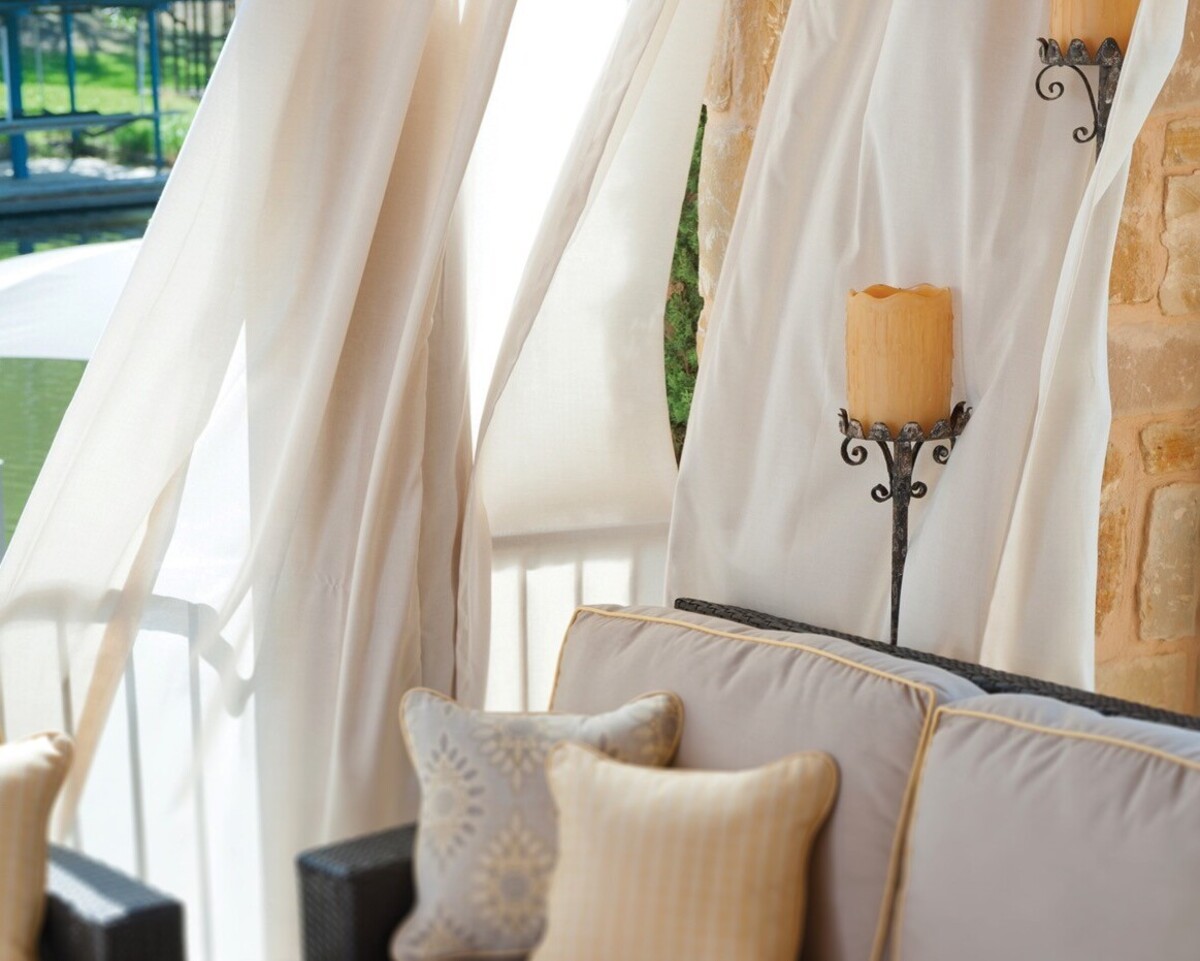
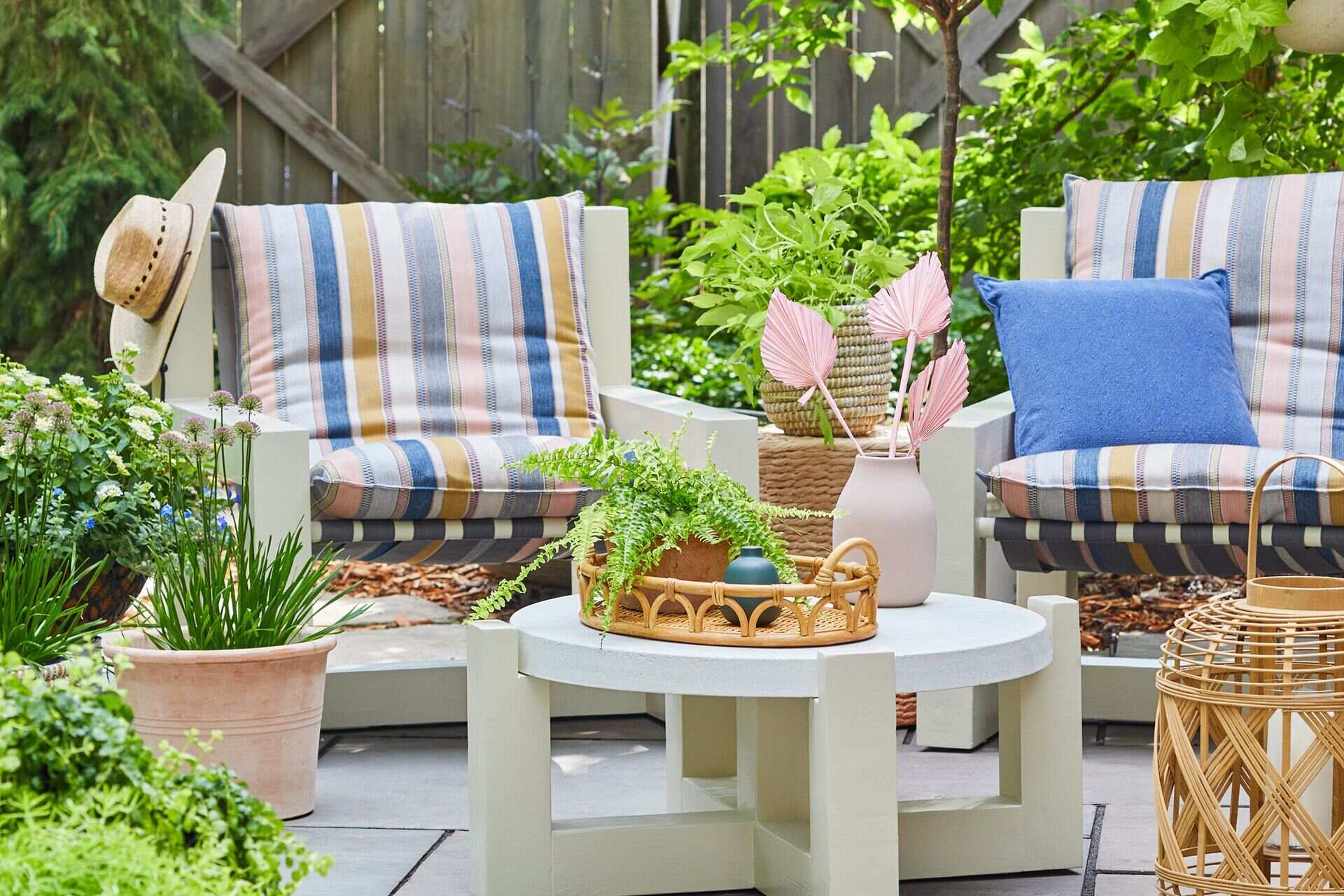
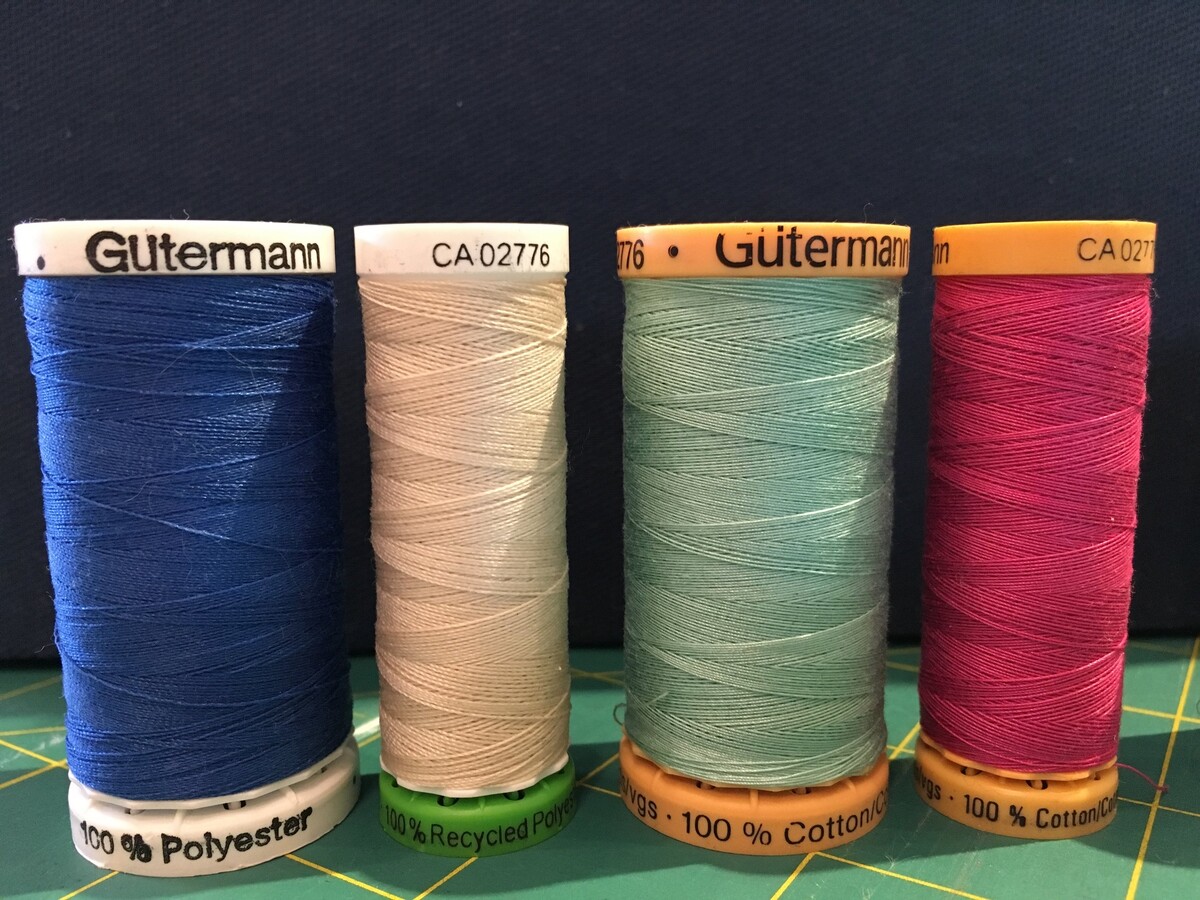
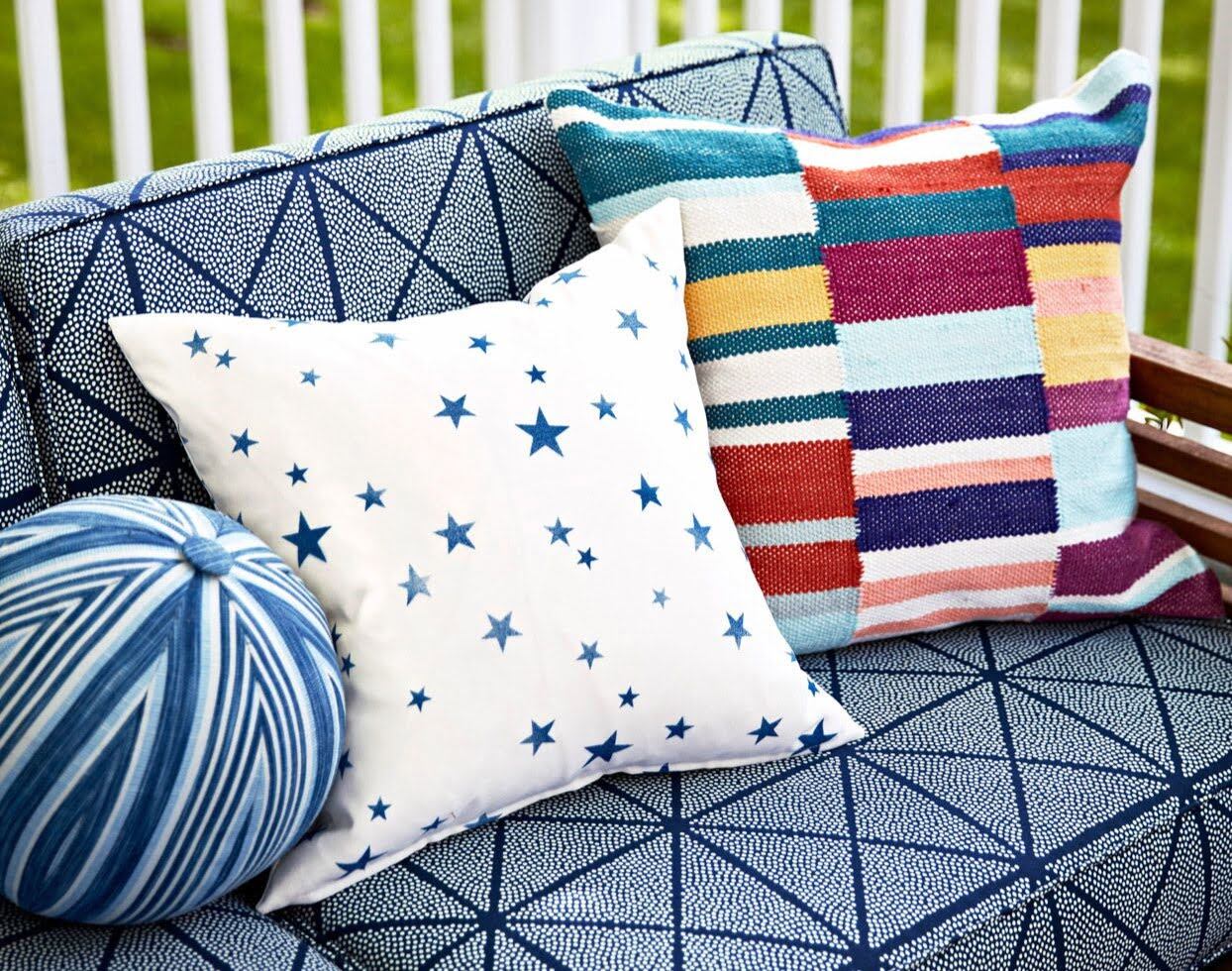
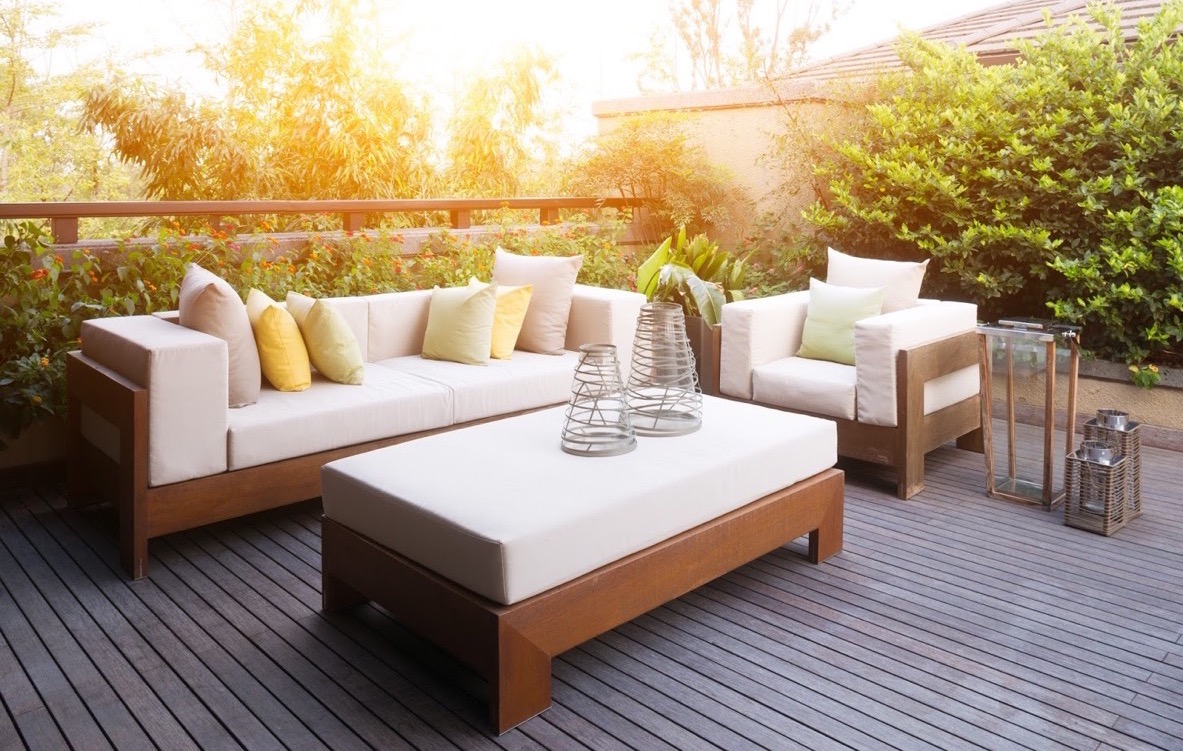
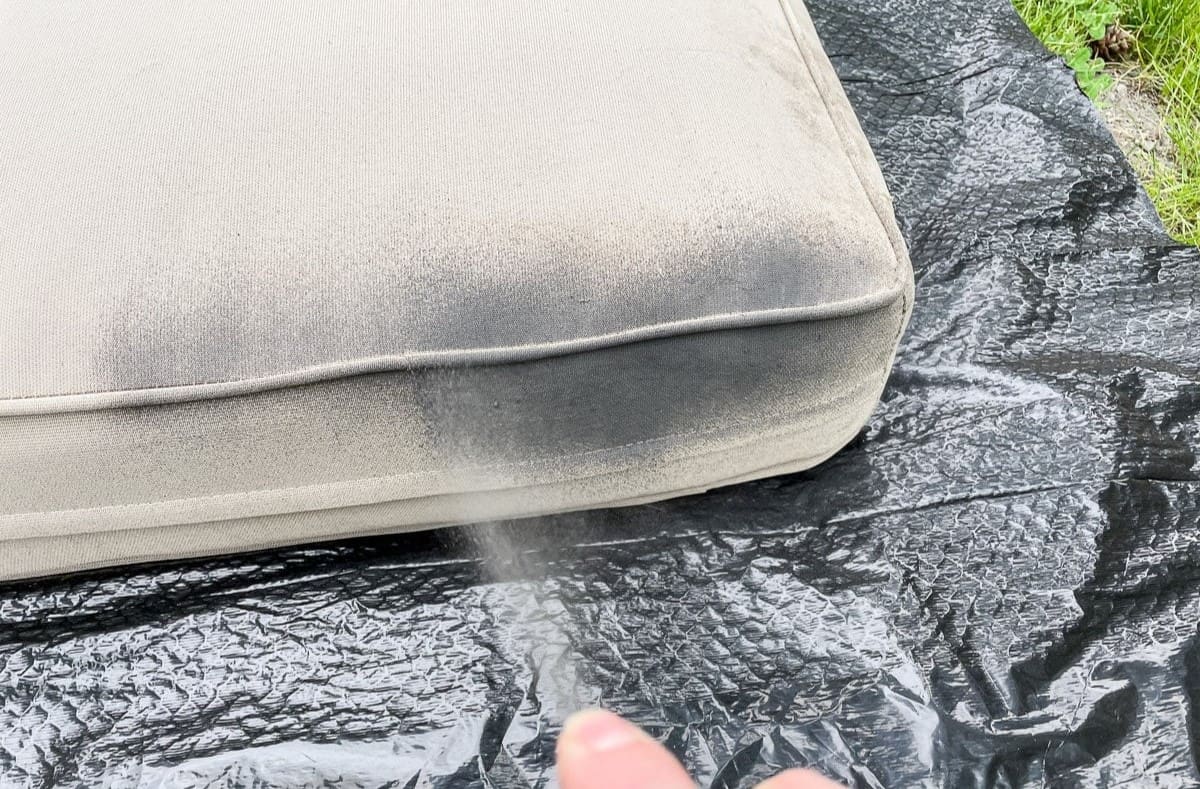
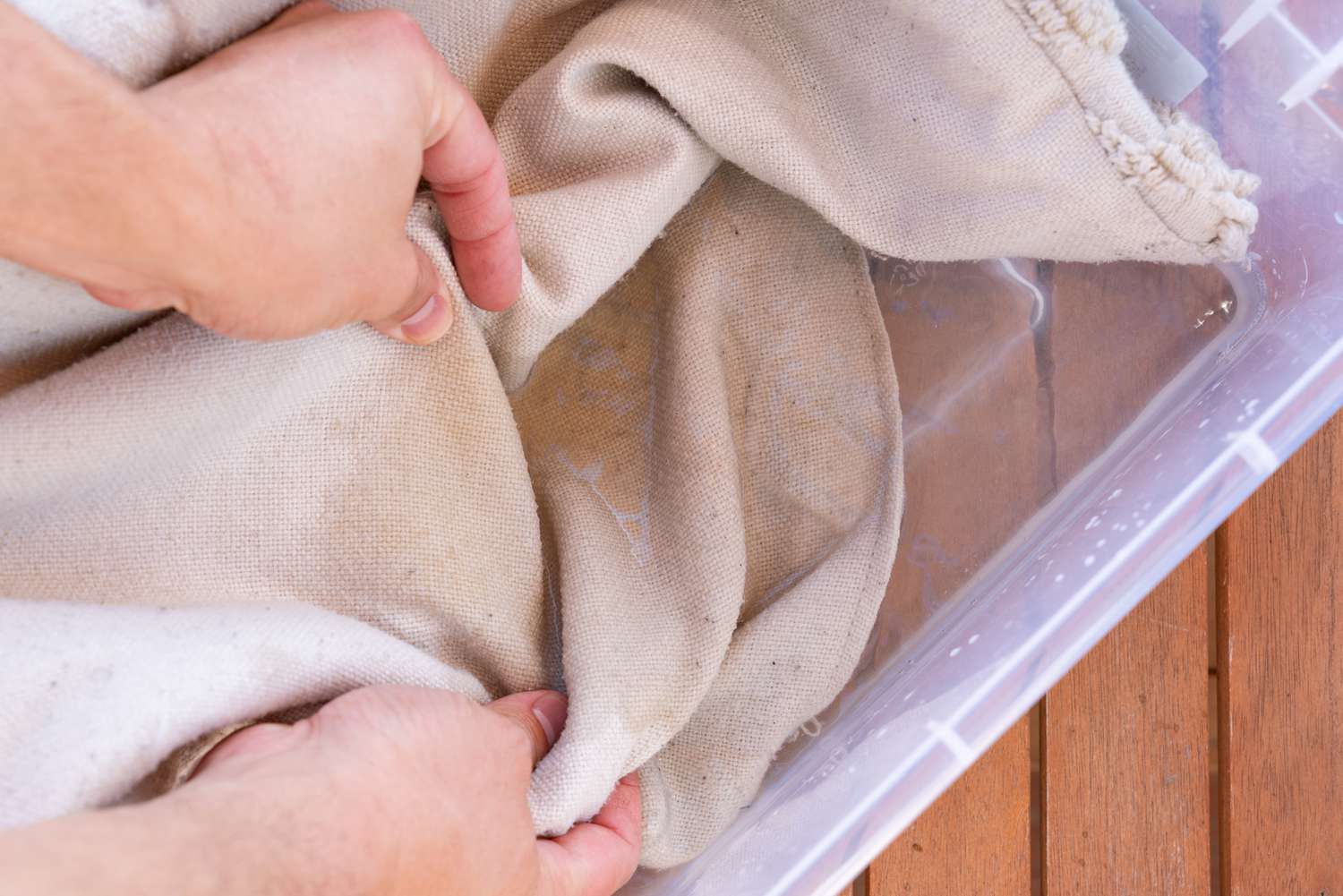
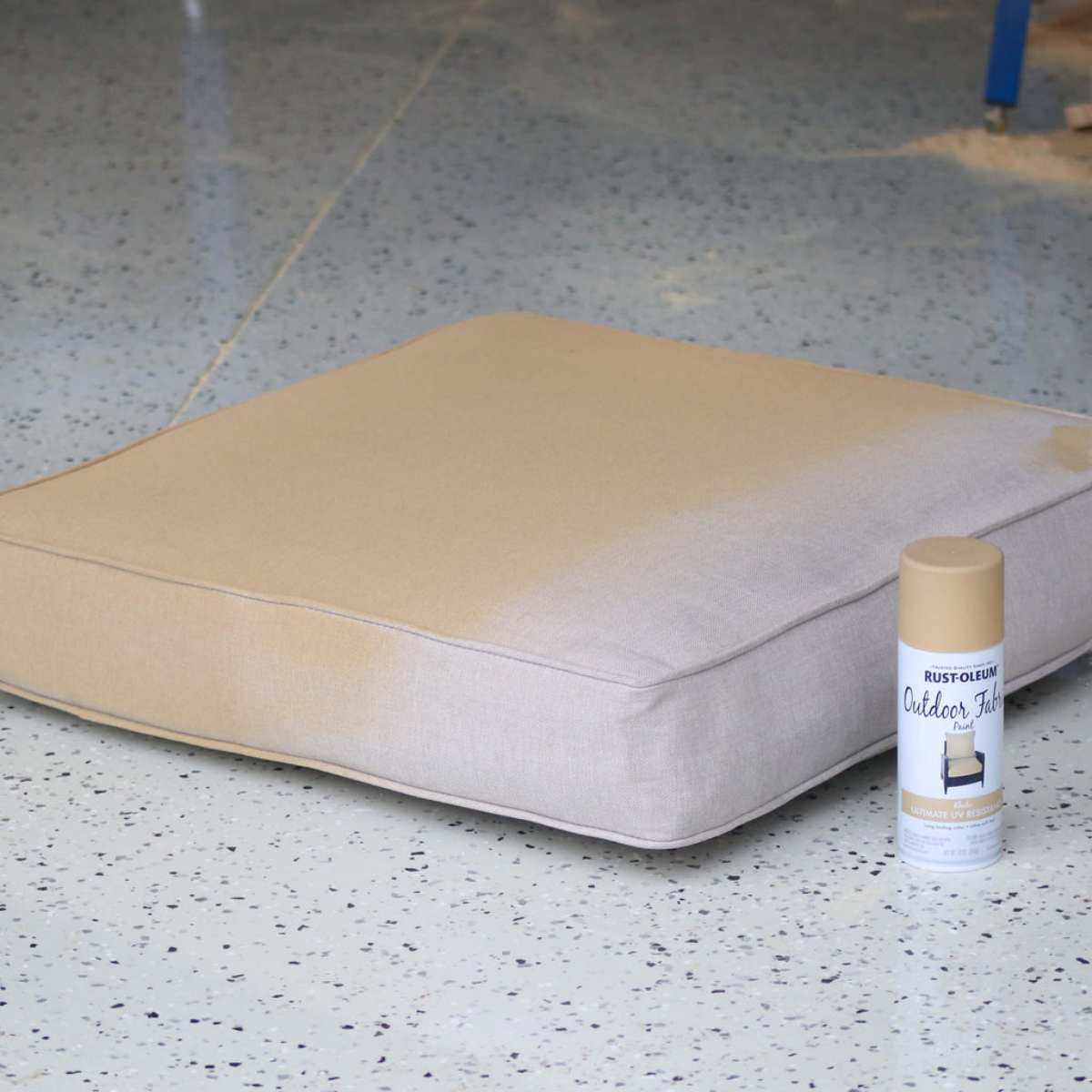
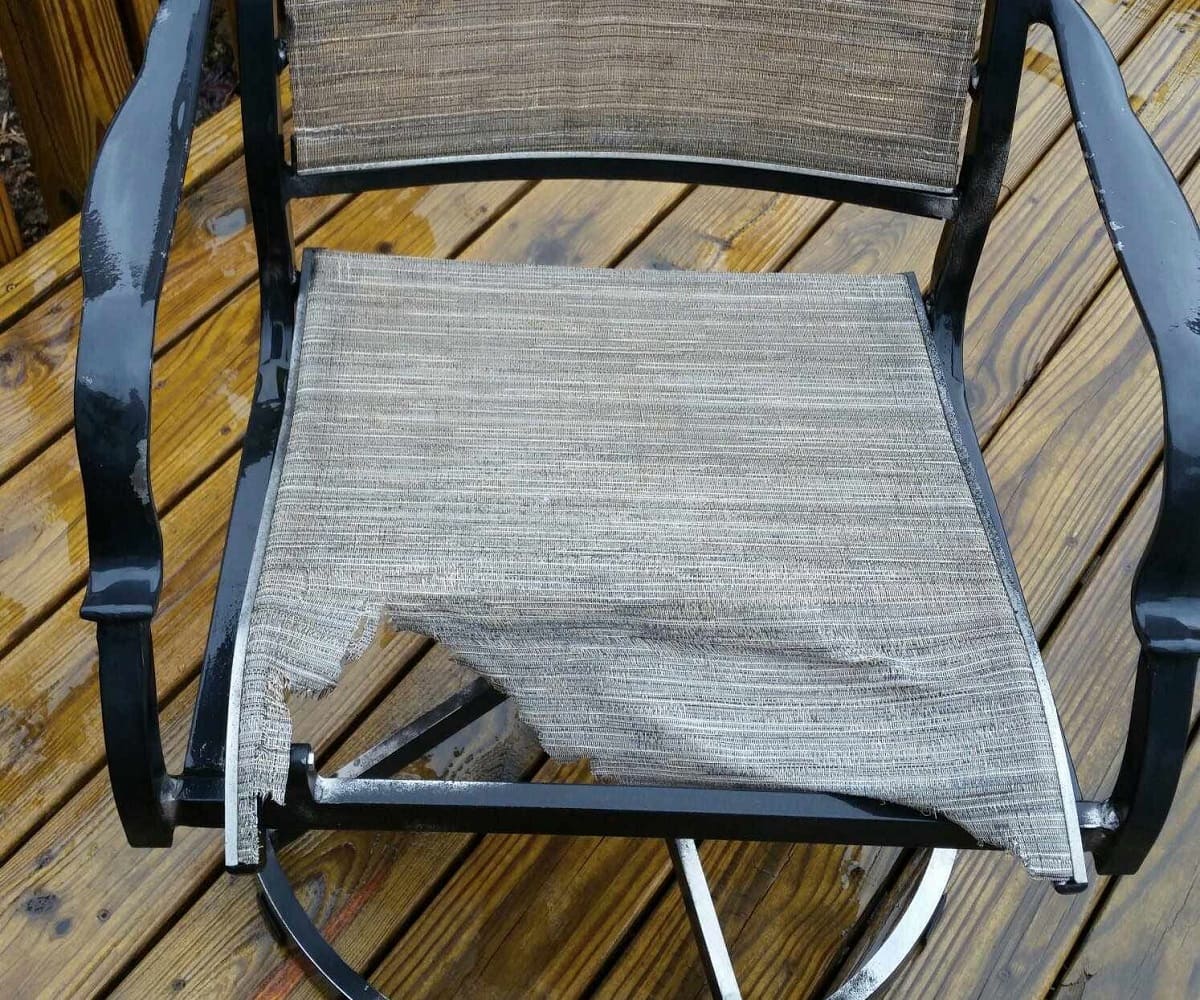
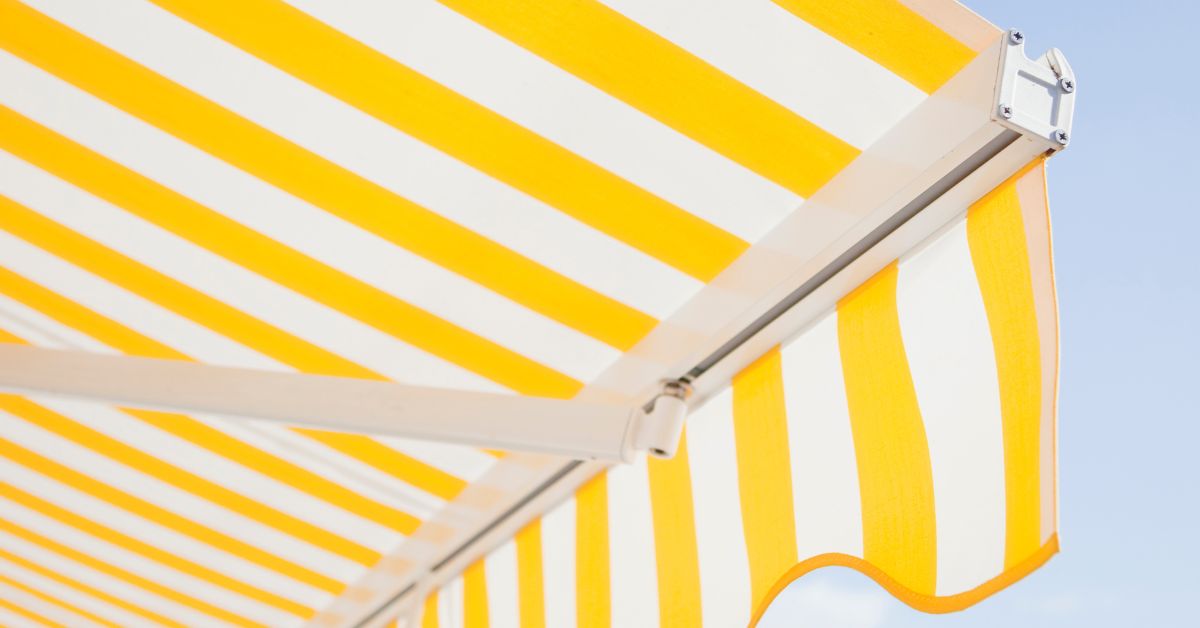
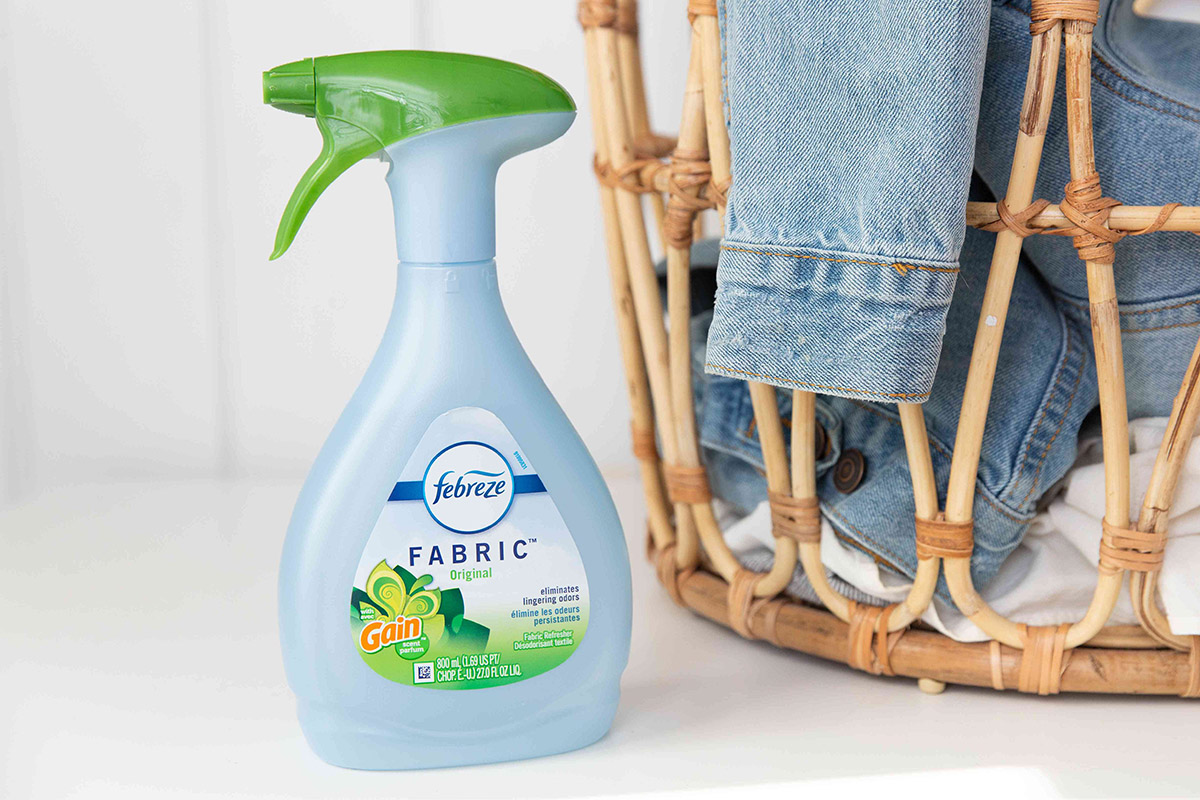
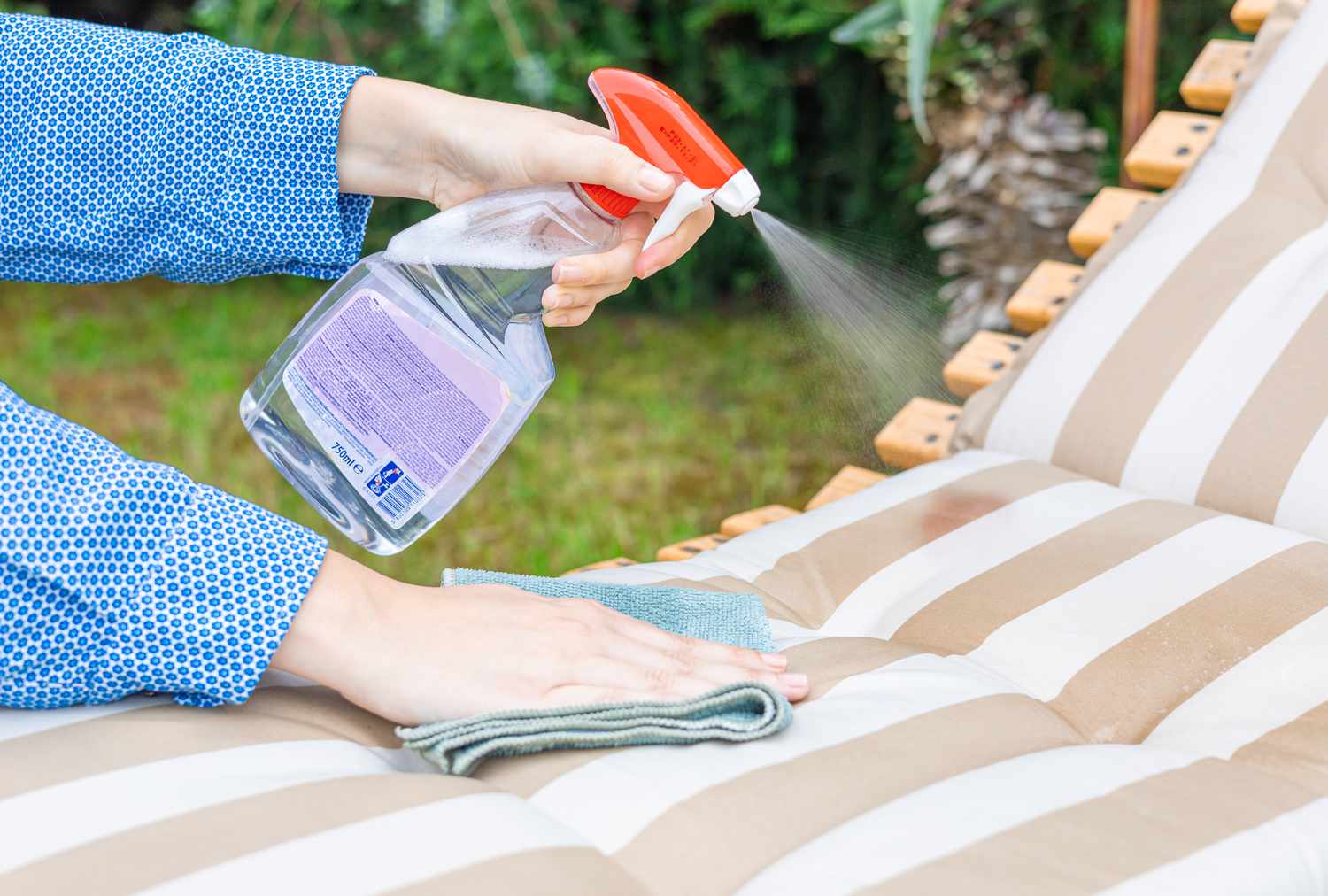
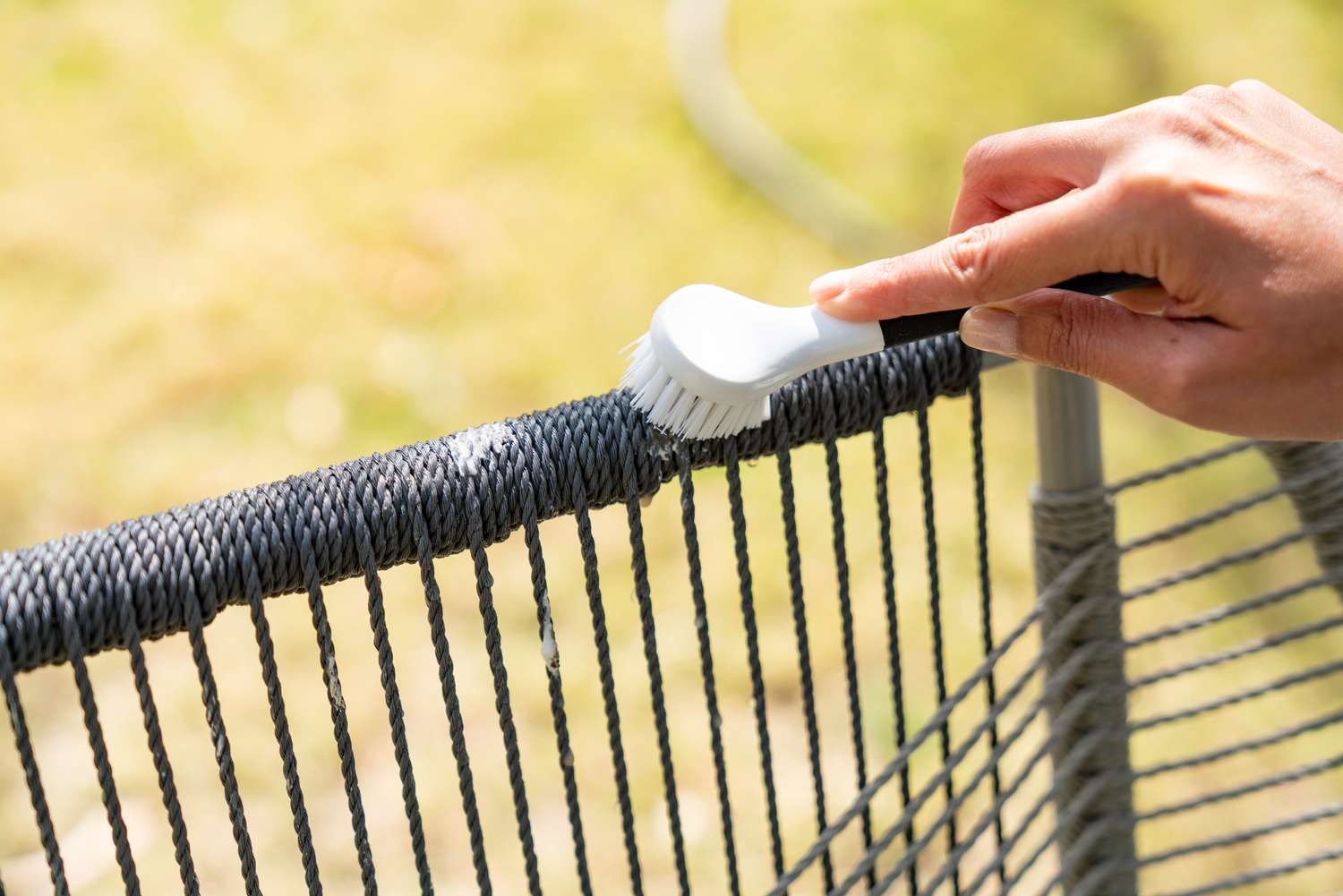
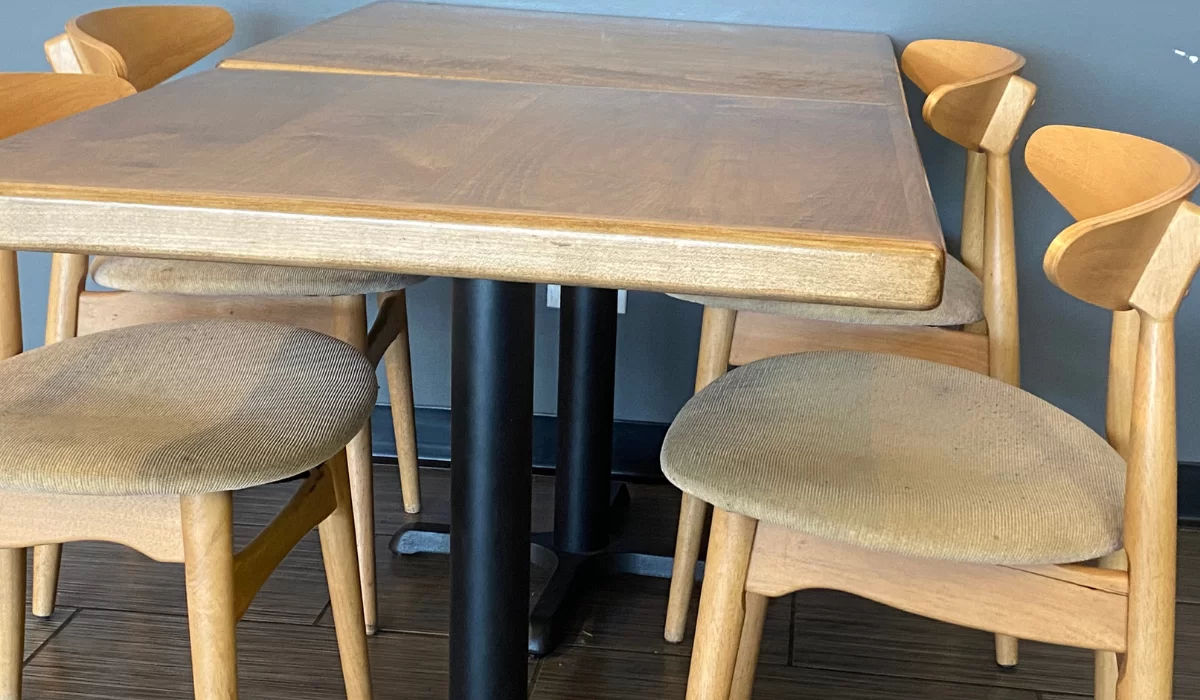
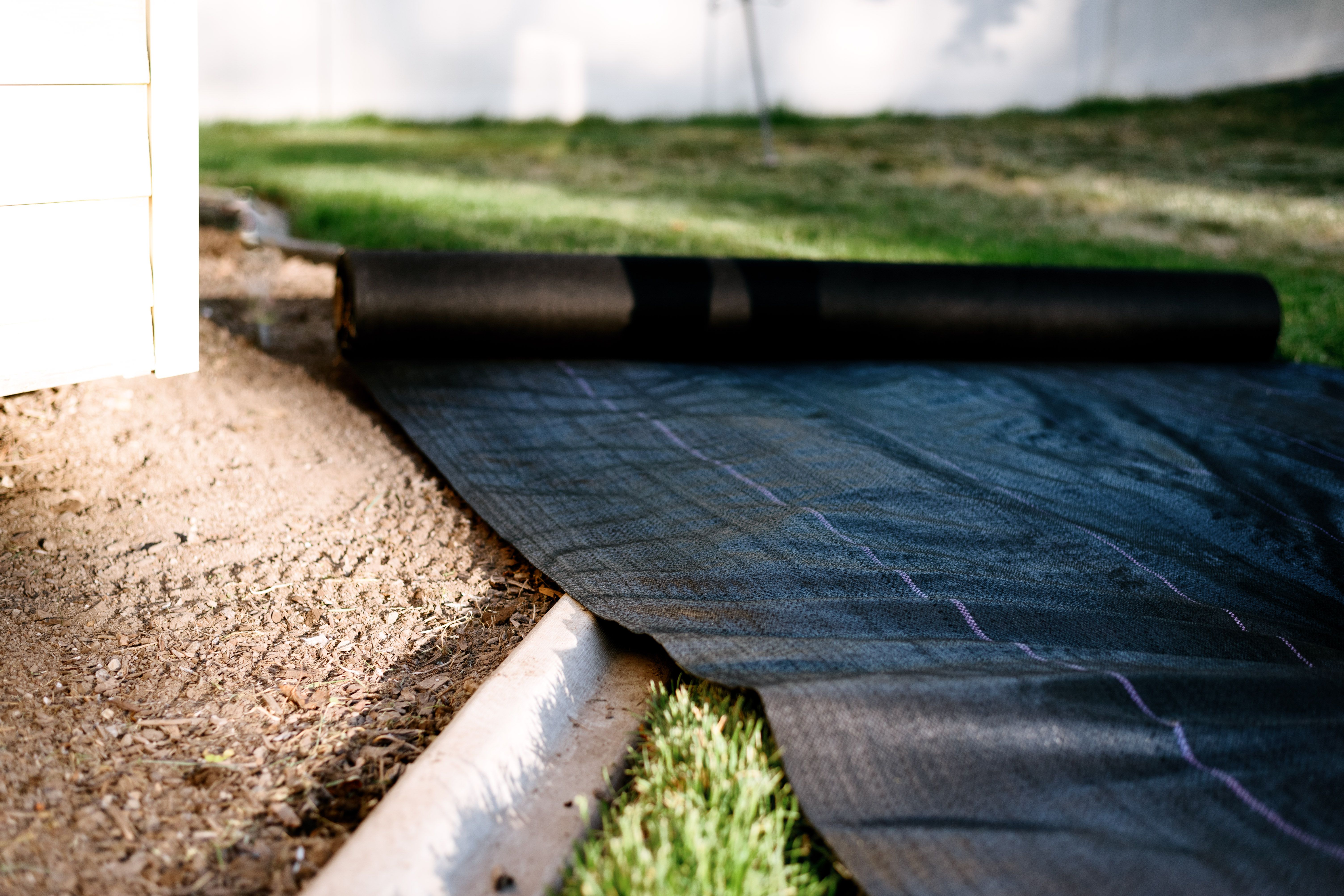

0 thoughts on “What Is Outdoor Fabric Made Of”